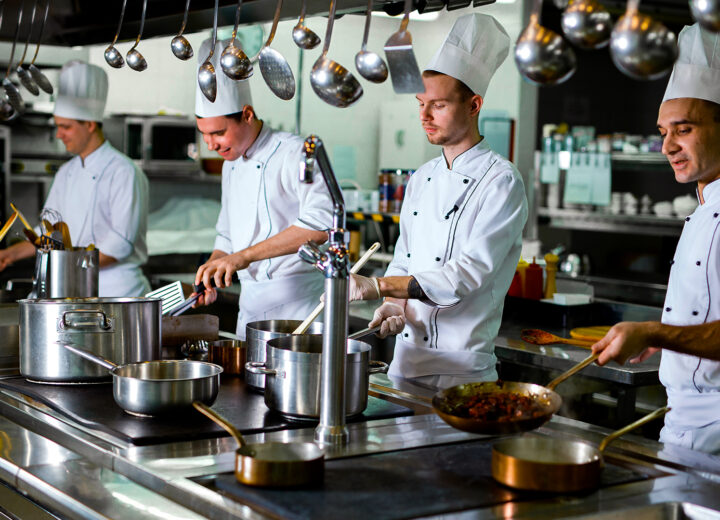In today’s competitive delivery-first food world, cloud kitchen marketing is more than just digital ads and good packaging. It’s about how you strategically build and price your menu, the way Ambani would.
Let’s imagine for a moment:
What if Mukesh Ambani launched a cloud kitchen to sell Dal Makhni?
📍 Understand the Local Trend — First Rule of Cloud Kitchen Marketing
In cloud kitchen marketing, geography and timing matter. Your menu should be driven by local food trends by daypart:
- Breakfast ≠ Lunch ≠ Dinner ≠ Late Night
- Each time slot has unique top sellers
For example, let’s say your cloud kitchen is based in Ashok Vihar, Delhi.
You’re planning to sell Dal Makhni and Paneer Lababdar because your chef makes them exceptionally well.
Before you go live on Zomato, you check the competition…
📊 Competitive Analysis – Who’s Winning & Why?
You find Sufiana by Cherish is ranking #1 for late-night orders.
Here’s why:
✅ Pricing: ₹500–₹600
✅ 10–12 dishes are top-ordered (great cross-selling)
✅ Strong brand & trust factor
✅ Likely high profit margins
Cloud kitchen marketing without this kind of competitive benchmarking is like launching a ship without a compass.
❓ Key Cloud Kitchen Business Questions Before Launch
For any cloud kitchen, you must validate:
- Is Dal Makhni in high demand in your location?
- Who is the top seller, and what’s working for them?
- At what price point are they profitable?
- Are they playing the premium game or value game?
- Where are you going to position your dish?
🧠 If Ambani Ran a Cloud Kitchen…
Now let’s flip the perspective.
What would Ambani do if he launched Dal Makhni from a cloud kitchen?
📦 Step 1: Calculate Your COGS (Cost of Goods Sold)
Start with COGS for the best possible Dal Makhni — top ingredients, top presentation, and a dish that can compete with market leaders.
This becomes your base cost.
💰 Step 2: Add the Magic Margin – 7%
Add a flat 7% margin. This gives you your offline price — the minimum you must earn to survive in the market.
🌐 Step 3: Build Your Online Pricing Strategy
In cloud kitchen marketing, online pricing must include:
- COGS
- Delivery platform commissions
- 7% profit margin
This = Your Lower Circuit Price
This is your non-negotiable floor — below this, you lose money.
🔺 Step 4: Set Your Upper Circuit Price
Multiply your COGS by 10x. That’s your maximum ceiling — the highest value someone would pay.
🟢 Near lower circuit = value pricing
🔴 Near upper circuit = premium pricing
🟡 Around 5x = balanced, sustainable pricing
📉 The Jayanti Cola Mistake – Cloud Kitchen Marketing Lesson
Remember Jayanti Cola?
They priced themselves at COGS + 7%, which was lower circuit pricing.
Coca-Cola and Pepsi were selling at higher circuit, with pricing flexibility.
Jayanti had no room to shift.
Result? They vanished.
Moral of the story:
Never enter a pricing war if you can’t absorb the shocks.
🏆 What Ambani Did with Campa Cola
Ambani launched Campa Cola using the same pricing formula:
✅ COGS + 7% margin
✅ No price drop
✅ Volume increased, value added
✅ Loyalty broke due to perceived 20% more value
Whether it’s beverage or biryani — volume + value = disruption
🧭 Final Framework for Cloud Kitchen Marketing Success
Before you sell Dal Makhni, remember:
- Research trending dishes per time slot
- Analyze your local Zomato/Swiggy competitors
- Build your COGS-based pricing
- Define your lower & upper circuits
- Stick to 7% minimum profit
- Avoid price wars — play the value game
- Win the long-term game (18+ months)
💬 Final Words from Subhash Sahni:
“Dal Makhni sabhi bech rahe hain. Lekin agar aap Ambani ki tarah sochoge, tabhi market jeetoge.”
Think like Ambani. Act like a strategist. Win like a brand.
🔖 Tags:
cloud kitchen marketing, dal makhni pricing strategy, cloud kitchen business, Ambani strategy, restaurant startup guide, pricing circuits, food delivery business, Zomato marketing, RestroMark, Subhash Sahni insights





